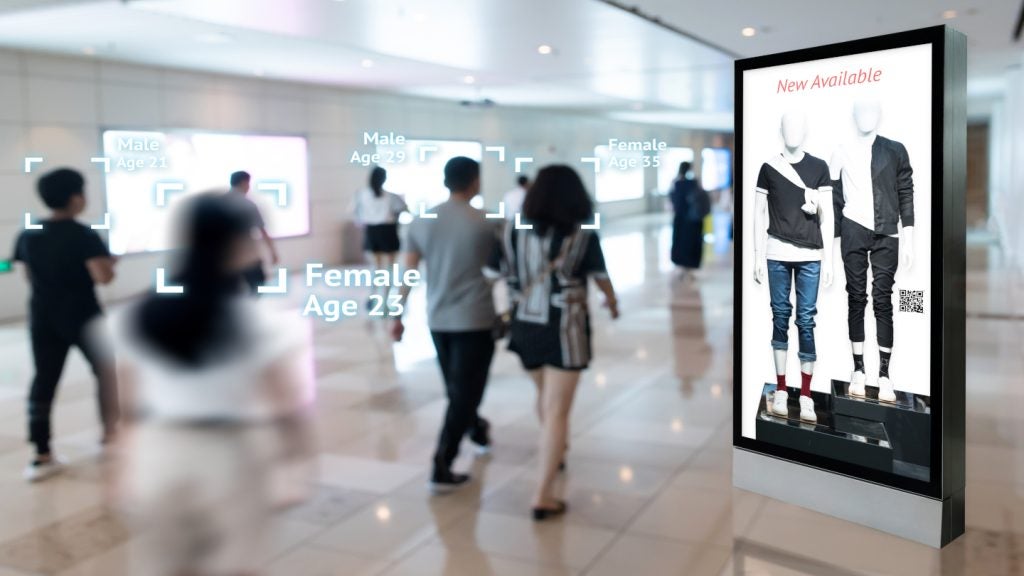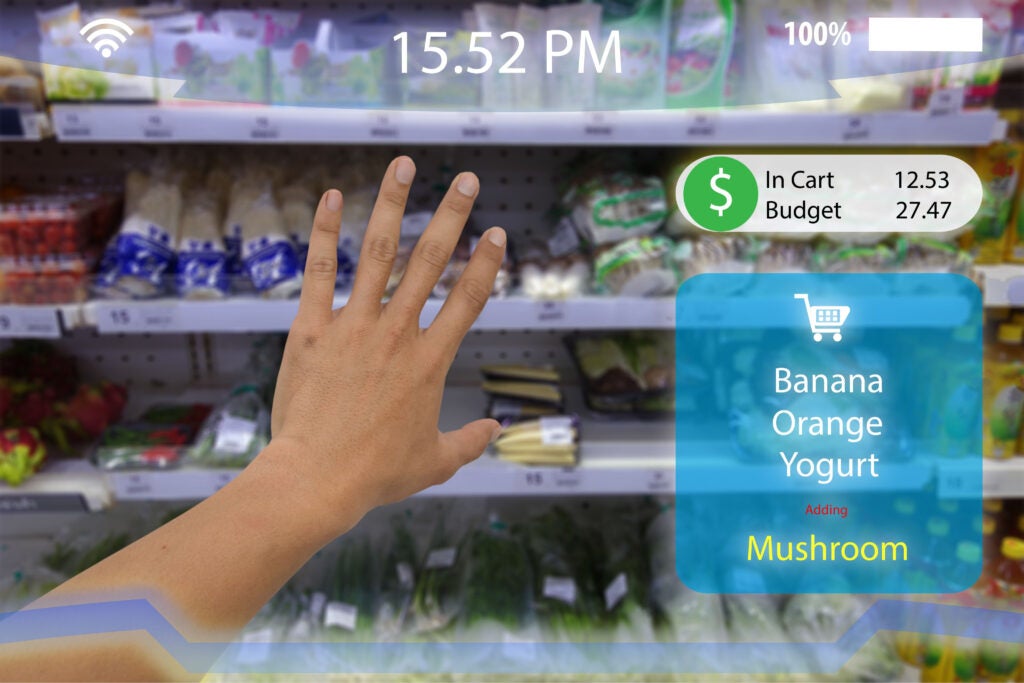The retail industry continues to be a hotbed of patent innovation. Activity is driven by e-commerce, demand for convenience, supply chain management and risk mitigation, and the growing importance of technologies such as artificial intelligence, robotics, and augmented and virtual reality. In the last three years alone, there have been over 59,000 patents filed and granted in the retail industry, according to GlobalData’s report on Innovation in retail: on-demand digital manufacturing. Buy the report here.
However, not all innovations are equal and nor do they follow a constant upward trend. Instead, their evolution takes the form of an S-shaped curve that reflects their typical lifecycle from early emergence to accelerating adoption, before finally stabilizing and reaching maturity.
Identifying where a particular innovation is on this journey, especially those that are in the emerging and accelerating stages, is essential for understanding their current level of adoption and the likely future trajectory and impact they will have.
50+ innovations will shape the retail industry
According to GlobalData’s Technology Foresights, which plots the S-curve for the retail industry using innovation intensity models built on over 126,000 patents, there are 50+ innovation areas that will shape the future of the industry.
Within the emerging innovation stage, AR-assisted shopping, planogram optimization, on-demand digital mfg are disruptive technologies that are in the early stages of application and should be tracked closely. Self-checkout, personalized lookbooks, location-based personalization are some of the accelerating innovation areas, where adoption has been steadily increasing. Among maturing innovation areas are video commerce and in-store shopping assistance, which are now well established in the industry.
Innovation S-curve for the retail industry

On-demand digital manufacturing is a key innovation area in retail
On-demand digital manufacturing uses technologies such as computer-aided design and 3D printing to manufacture products that are tailored precisely to the needs of a customer. The process involves the use of advanced manufacturing techniques and software systems with an aim to optimize workflows and doesn’t require conventional tools or molds.
GlobalData’s analysis also uncovers the companies at the forefront of each innovation area and assesses the potential reach and impact of their patenting activity across different applications and geographies. According to GlobalData, there are 65+ companies, spanning technology vendors, established retail companies, and up-and-coming start-ups engaged in the development and application of on-demand digital manufacturing.
Key players in on-demand digital manufacturing – a disruptive innovation in the retail industry
‘Application diversity’ measures the number of applications identified for each patent. It broadly splits companies into either ‘niche’ or ‘diversified’ innovators.
‘Geographic reach’ refers to the number of countries each patent is registered in. It reflects the breadth of geographic application intended, ranging from ‘global’ to ‘local’.
[datawrapper id=4pKmi title='Patent volumes related to on-demand digital manufacturing' type='lgp1']Leading patent filers in the on-demand digital manufacturing space include Levi Strauss, Carl Zeiss Stiftung, Best Apps, and eBay. Levi Strauss is at the forefront of using technology to create new experiences. At the brand’s Miami outlet, Levis unveiled a pop-up featuring futuristic attributes to familiarize shoppers with the experiences they can enjoy with technology integration. The outlet offered shoppers the convenience to customize the prints on their pair of Levis with cutting-edge technology that completed the design in 90 minutes.
Global Technology Services is the leader in terms of application diversity, while Meta Platforms and Smith Sport Optics are in the second and third positions, respectively.
By geographic reach, Carl Zeiss Stiftung leads the pack, followed by Levi Strauss and Coupang.
On-demand digital manufacturing allows more flexibility to retailers, thus helping them reduce costs and improve operational efficiency. The usage of the latest technologies to manufacture personalized products provides superior satisfaction to the shopper, resulting in a deeper engagement with the retailer.
To further understand the key themes and technologies disrupting the retail industry, access GlobalData’s latest thematic research report on Retail.















